Berlin – Reich Chancellery
The Reich Chancellery was a building where the German chancellor had his official office. When Hitler came to power in January 1933, the Reich Chancellery was at Wilhelmstrasse 77. In 1935, Hitler gave architects Paul Troost and Leonard Gall a task to expand the Reich Chancellery and in connection with this, the construction of a protective bunker behind the Reich Chancellery began. It was this protective bunker that later became the Führer bunker where Hitler committed suicide in April 1945. Hitler, however, considered the old Reich Chancellery not stately enough for the new Germany and therefore commissioned the architect Albert Speer in 1938 to begin the construction of a completely new Reich Chancellery.
The new Reich Chancellery on Vosstrasse 6 was built close to the old one. Hitler wanted the new Reich Chancellery to be ready within a year and in order to achieve this Speer had no financial limitations. In total, about 4,000 workers worked in three shifts around the clock so that it would be ready in due time. This was almost done and a year later Hitler could inaugurate it. When it was finished the cost landed in the range of billions german reichmark. It was said it was finished with only an hour before deadline, which is not true, but it had a propagandistic value to claim that this was the case. Minor work kept going on for antoher few months before it was completely done.
The new Reich Chancellery was built together with the old Reich Chancellery and consisted of several monumental halls and rooms that would impress the visitors and be representative for the new great Germany. A Germany that originated from imperial Germany and Hitler felt that the old Chancellery had to be spared because of that. The new Reich Chancelley consisted of a large reception hall, 600 square meters large Reich cabinet hall, courtyard (Ehrenhof), a magnificent mosaic hall (it was here that the funeral ceremony of Heydrich took place in June 1942) and an approximately 150-meter long marble gallery whose design was inspired by the Hall of Mirrors in Versailles. In the middle of the gallery was the door to Hitler’s 400 square meter study room.
Hitler’s study was decorated with a large map table, paintings, tapestries, lavish furniture, emblems and a fireplace. Above the stove hung a painting of Germany’s first chancellor Otto von Bismarck. In addition, there are various Chancellery offices, dining rooms, social rooms and a private room for Hitler. The Reich Chancellery was built for the simple reason that it would impress visitors, Hitler himself did not spend more time in the Reich Chancellery than necessary and mostly in official business. He usually did his everyday work elsewhere. The new Chancellery was one of the few major construction projects that were realized by the Nazis. It was badly damaged during the war and after the war the ruins were destroyed. The old Reich Chancellery was also destroyed, not only perhaps because of Hitler, but also because it was seen as a symbol of German expansion.
It was also in the new Reich Chancellery that Hitler held a meeting about the Jews on 12 December 1941. Hitler had previously held meetings where the Jews were discussed, but what distinguishes this meeting from others was partly because the participants and partly the context. Hitler had called all the Reichsleiters and Gauleiters, including Goebbels and Himmler, to the meeting, suggesting that the meeting concerned people with great political influence.
No official records were taken, but both Goebbels and Hans Frank later wrote in their diaries that Hitler had instructed the participants that his patience with the Jews had now ended due to US entry into the war. Hitler had before the parliament warned the Jews that a new world war will mean the destruction of the Jewish race and not its victory. When Japan and Germany declared war in December 1941, this became a reality. This meant that the Jews would now have to pay with their lives because they once again brought the world into a world war.
Hitler explained that he expected the participants to prepare to take the necessary measures regarding the Jews. What these measures really meant is not clear, but it was up to the participants themselves to solve this. This was a typical character trait of Hitler in which he expressed specific wishes and leave it right there. It was up to the listener to come up with a solution. It is not known whether Hitler mentioned anything about killing the Jews during the meeting, the diary notes found after the war only mention that the issue must be solved.
The meeting is the only known one where Hitler openly talks to a larger group of political associates in concrete terms that the Jewish question must be solved. But here it is important to put the meeting in its proper historical context. At the time of the meeting, the murder of the Soviet jews was in full swing and the deportations of the jews of western Europe had begun. Therefore, the meeting should not be seen as it was then that Hitler ordered the Holocaust. What happened to the Jews of Europe had happened regardless of whether the meeting took place or not, but the entry of the United States into the war gave Hitler and the participants a legitimacy to radicalize Nazi Jewish politics.
Current status: Demolished with information board (2006).
Address: Vosstrasse, 101 17 Berlin.
Get there: Metro to Mohrenstrasse Station.
Follow up in books: Speer, Albert: Inside the Third Reich (1969).

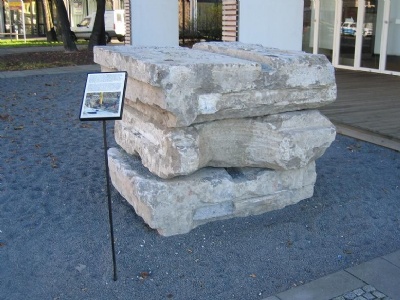
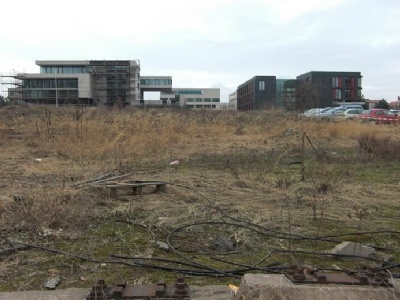
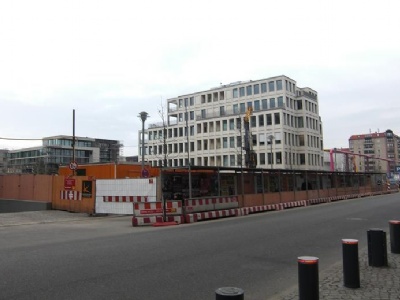
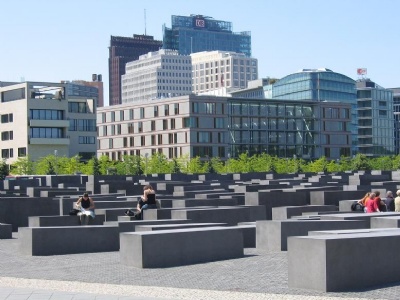
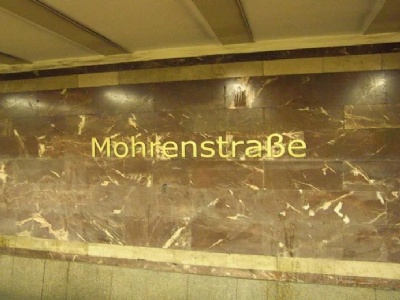
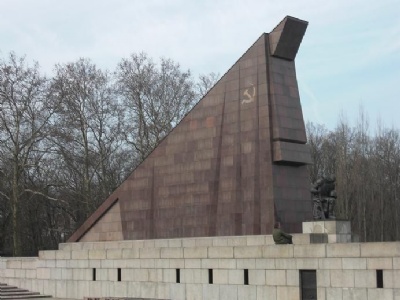
Hitler had plans to build an even larger Reich Chancellery after the war but that never materialized. On the site where the Reich Chancellery stood, there are now residential and office buildings. The marble found in the marble gallery was later used by the Russians when they erected monuments at the Treptower Park war cemetery in eastern Berlin. Parts of the Moscow metro and the Mohrenstrasse station in Berlin also consist of material from the new Reich Chancellery.